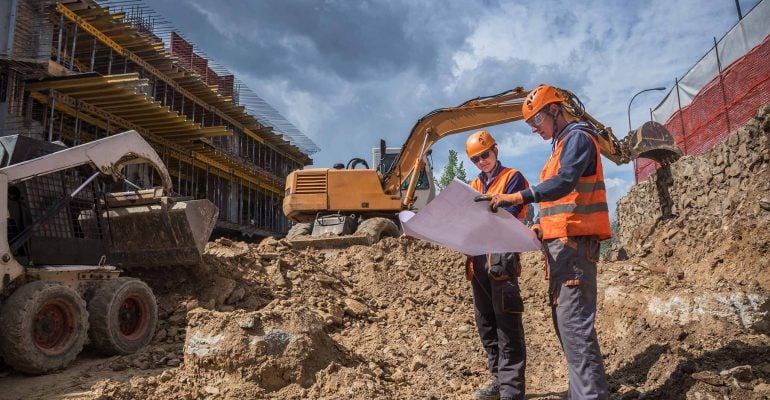Unveiling the Depths: An Insight into Geotechnical Engineering
March 6, 2024 2024-03-06 10:55Unveiling the Depths: An Insight into Geotechnical Engineering

Unveiling the Depths: An Insight into Geotechnical Engineering
Geotechnical engineering is a pivotal branch of civil engineering that focuses on analyzing the engineering behavior of earth materials. It’s the science behind the foundations of structures, slope stability, and earthworks, ensuring the safety and durability of infrastructure. From skyscrapers and bridges to tunnels and dams, geotechnical engineering plays a critical role in the design and construction of various projects, making it essential for advancing sustainable development and mitigating risks associated with natural and human-made changes to the earth’s surface.
The Essence of Geotechnical Engineering
At the core of geotechnical engineering is the study of soil mechanics and rock mechanics – understanding how various earth materials behave under different conditions. This knowledge is crucial for determining the suitability of a site for construction projects, assessing risks, and designing foundations that can withstand the forces of nature. Geotechnical engineers meticulously analyze soil samples, evaluate site conditions, and model structural interactions with the ground to predict and solve potential problems.
Applications and Challenges
Geotechnical engineering encompasses a wide range of applications, from assessing landslide risks and designing earthquake-resistant foundations to managing groundwater flow around structures. One of the significant challenges in this field is dealing with the unpredictable nature of earth materials, requiring innovative solutions and continuous advancements in techniques and technologies.
Innovations in Geotechnical Engineering
Technological advancements have dramatically transformed geotechnical engineering, introducing sophisticated tools for site investigation, data analysis, and design. These include remote sensing technologies, geophysical methods, and computer modeling, which enable engineers to create more accurate and reliable foundations and earthworks.
Learning with Tobias R.
For those intrigued by the complexities and applications of geotechnical engineering, Tobias R. offers a comprehensive overview in his video, “Geotechnical Engineering Explained” (watch here). This video provides a deep dive into the principles of geotechnical engineering, showcasing real-world applications, challenges, and the latest advancements in the field. It’s an invaluable resource for students, professionals, and anyone interested in the foundational aspects of construction and engineering.
Conclusion
Geotechnical engineering is more than just a discipline within civil engineering; it’s the groundwork for safe, sustainable, and resilient infrastructure. By understanding and innovating within this field, engineers can continue to protect and enhance the built environment. Tobias R.’s video is a testament to the importance of geotechnical engineering and serves as a call to explore and appreciate the ground beneath our feet.
Popular Tags


















